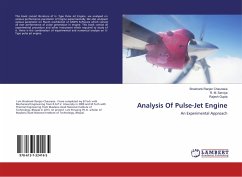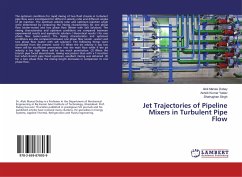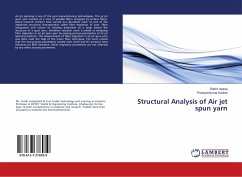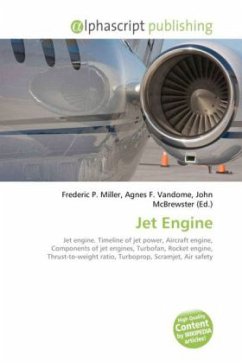CFD analysis has been done to predict the mass suction into a cylindrical louvered funnel as a function of louvers opening area, diameter of the funnel and the protrusion length of the nozzle into the funnel.Optimum funnel diameter, protrusion length of the nozzle and height of the funnel has been predicted to obtain maximum air suction into the funnel. The entrance length for the sucking funnel has also been predicted as a function of the louvers opening area, diameter of the funnel and the nozzle inlet temperature. Scaled down experimental models have been made to validate the CFD analysis which could predict the mass suction rate, the maximum suction and the optimum diameter of the funnel. Mathematical correlations have been developed to predict the mass suction rate, exit temperature and velocity at the funnel outlet as a function of funnel operating conditions which can be used by practical funnel designers for Navy or merchant ship.
Bitte wählen Sie Ihr Anliegen aus.
Rechnungen
Retourenschein anfordern
Bestellstatus
Storno








